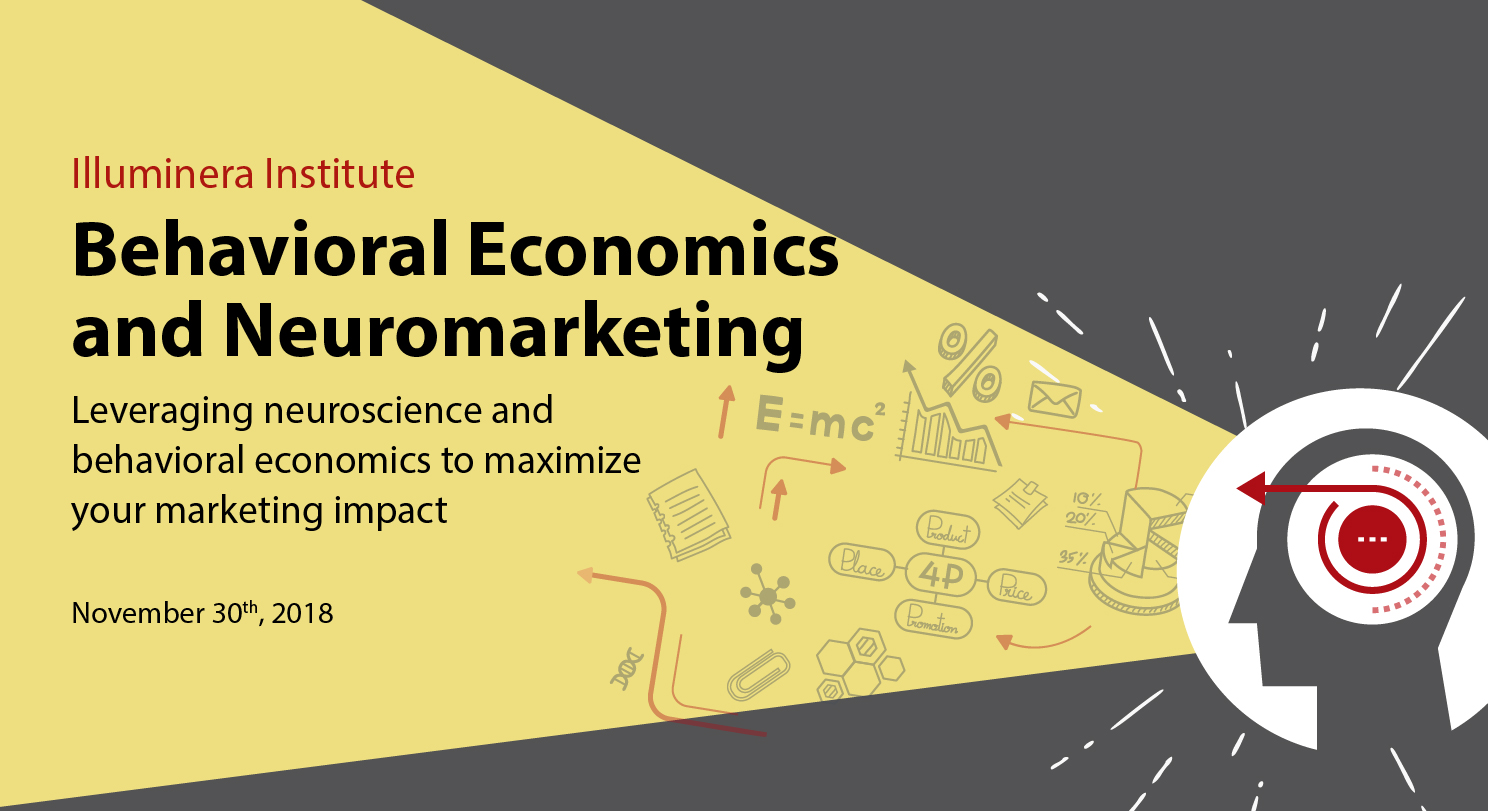
» Key concepts of behavioral economics:
• The “rational choice model” and its limitations
• System 1 and System 2
• Heuristics and biases
• Framing and priming
• Anchoring
» Understanding the brain:
• Structure of the brain and decision making
• Understanding neurotransmitters and their role in pressing the pleasure buttons
• Measuring the brain response to marketing stimuli through EEG pleasure buttons and FMRI (functional magnetic resonance)
Unfortunately, this view errs in both areas - how we make decisions and how our brain dictates them. In this seminar, we will explore both these areas and set you on the right path of understanding consumer decision making and influencing consumers to make choices in favor of your products and brands.
Nobel prize winning economists and psychologists, including Daniel Kahneman and Richard Thaler, have developed a multi-disciplinary field to understand decision making, called behavioral economics. Behavioral economics tells us that though we tend to believe that consumers make decisions through deliberate and elaborate evaluation of options before them, in reality, consumer decision making is mostly unconscious, driven by System 1, and strongly dictated by social and psychological conditioning.
Our brain neocortex is not as much in-charge as we like to believe. 99.99% of the information is processed subconsciously by our brain. Great strides have been made in the area of understanding how the brain decides through techniques such as EEG (electro encephalogram) and FMRI (functional magnetic resonance imaging) which is needed to guide marketing.
This seminar discusses the fundamentals of behavioral economics while linking them to explanations of the behaviors from neuroscience. Understanding how our brains are wired, how the billions of neurons communicate with each other to control our actions and our choices is something that a marketer can ignore only at his own risk.
Senior Marketing Professionals
Ashok Sethi, Head of Illuminera Institute
